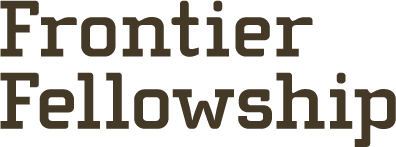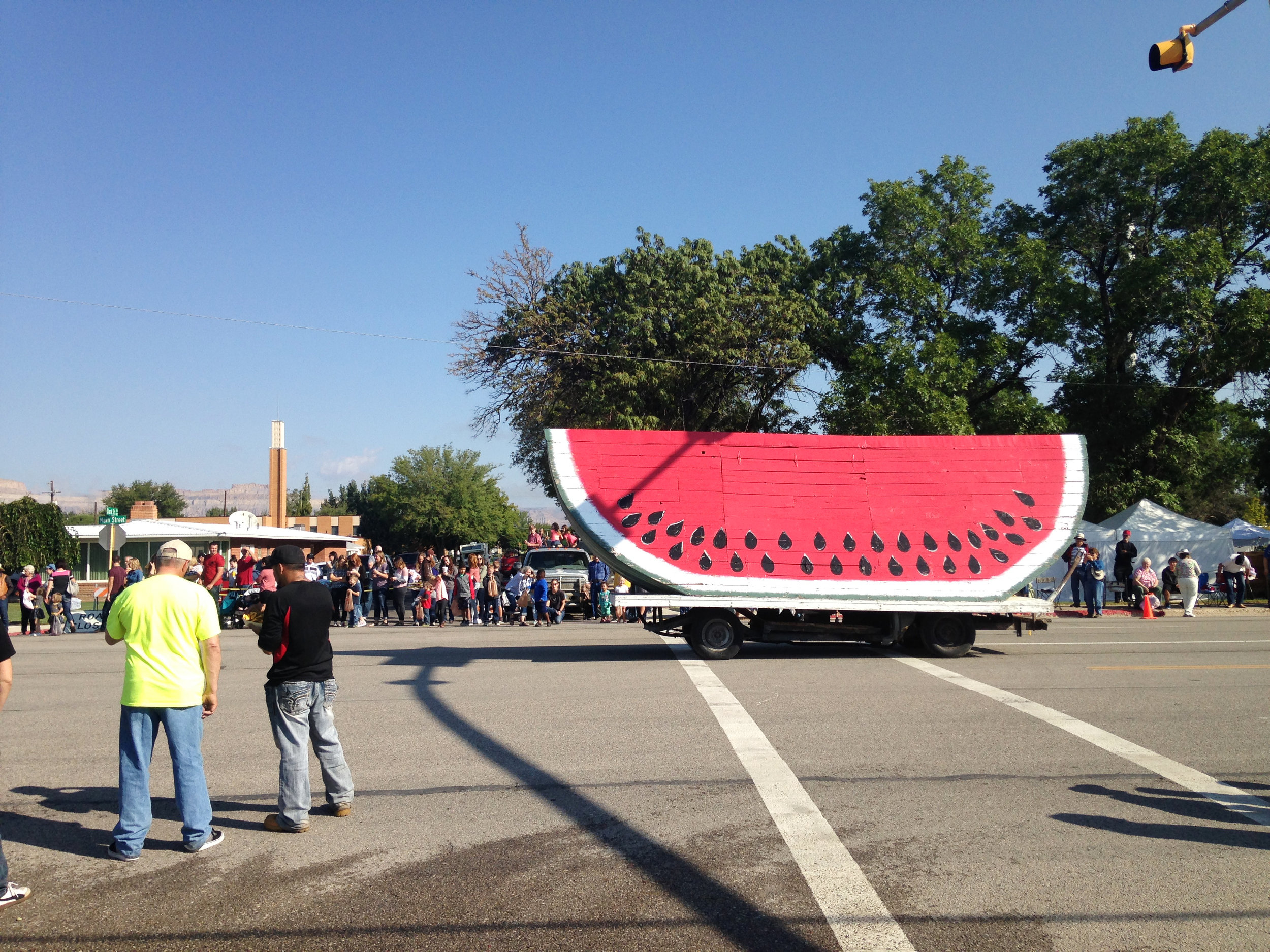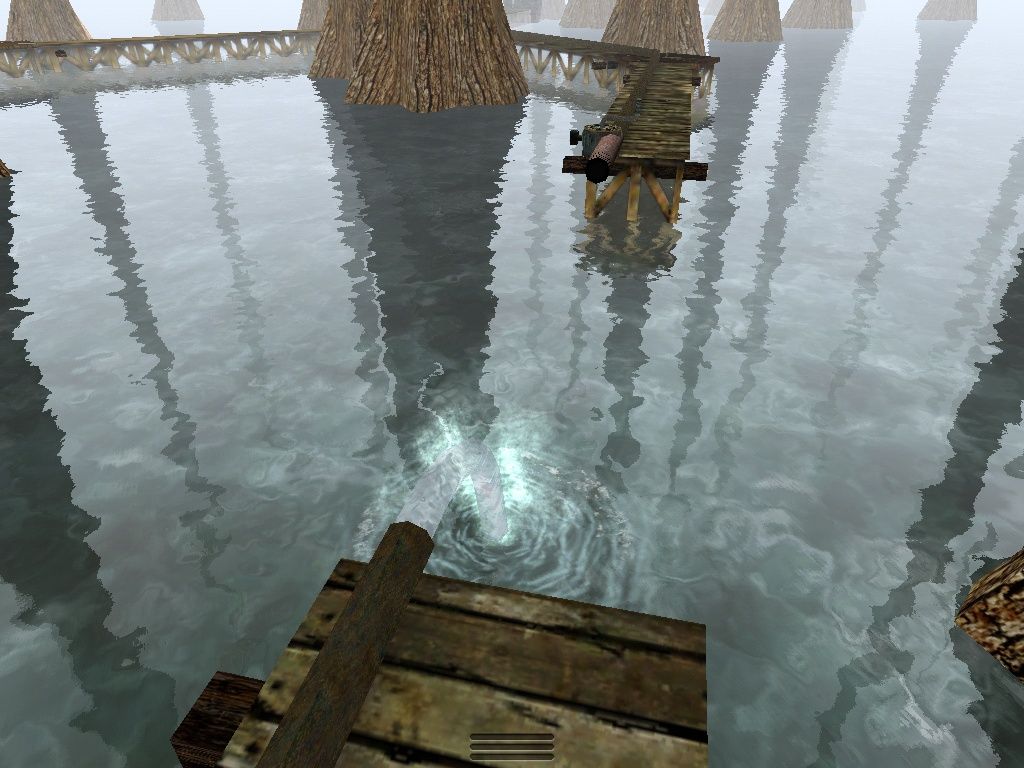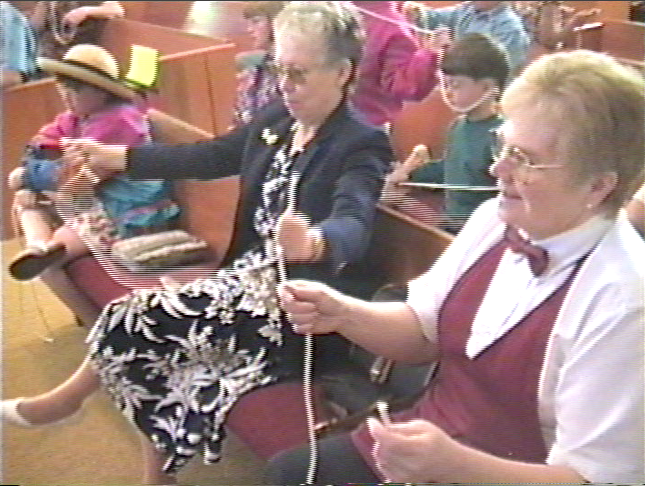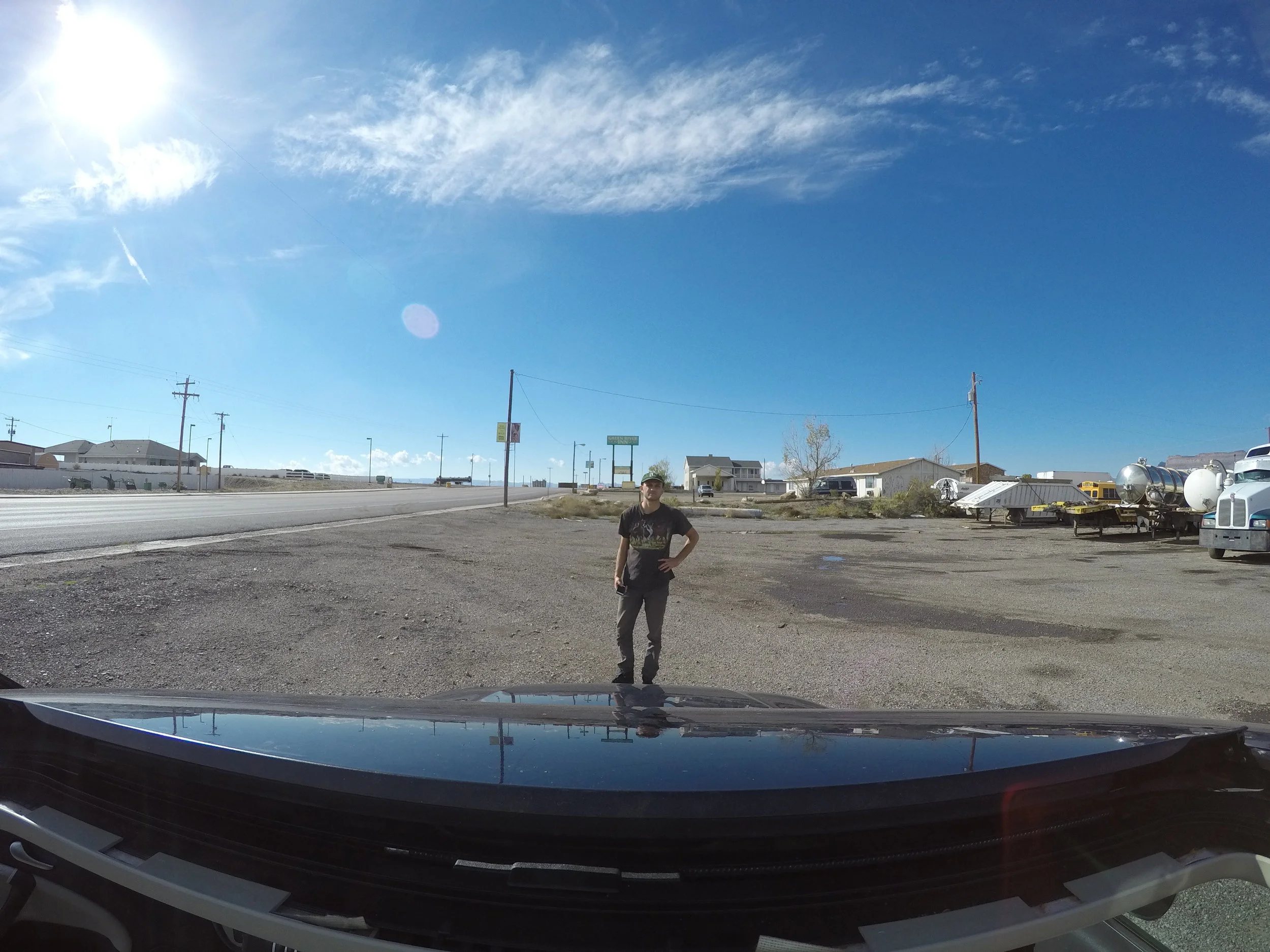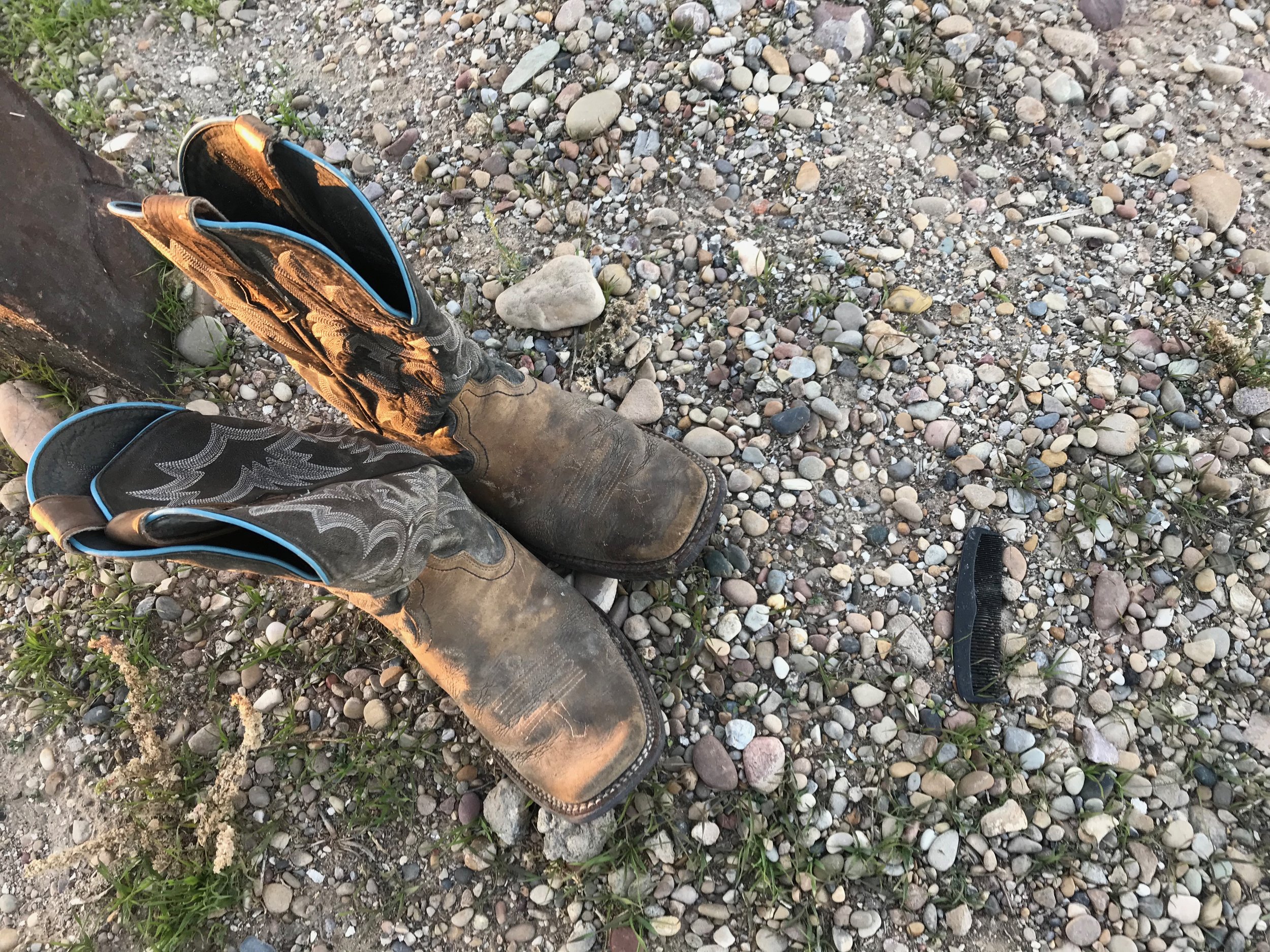Caitlin Denny

Frontier Fellow September 2017
Website
Caitlin Denny is an artist and archivist, working mainly in the field of moving images. She received a Bachelor of Fine Arts in Media Arts and Photography at California College of the Arts in Oakland, California in 2009. She then co-founded the net.art gallery JstChillin.org, independently curating international web-based artworks to be viewed online as well as physically experienced. Simultaneously she began working in analog video synthesis performance in performance groups, as a music video director and night club VJ in San Francisco, California. She recently received her Master of Library and Information Science degree from the University of California, Los Angeles. During her time in school she worked at the Library of Congress in Veteran’s Oral Histories, Nickelodeon Studios, and the Academy of Motion Picture Arts and Sciences as a film archivist. Currently the Stills Archivist at Paramount Pictures, she is finishing a feature length documentary film about ‘60s utopic visions via the myth of Atlantis.
The newly livable Frontier House where I stayed during my fellowship.
View from the Frontier House on Broadway.
I received word of my Epicenter Frontier Fellowship almost two years ago.
I accepted happily, not knowing where or who I’d be in 2017. In those two years my ideas for what I’d focus on during my fellowship morphed. Original plans to work on a local river runner’s 16mm film collection fell through when it was donated to a university archive a few months before my fellowship was to begin. Having had relied on this premise as my purpose for being in Green River, I scrambled to find another concrete project I could pinpoint while in town. I should preface that I am a huge pre-production person - being a filmmaker and an archivist tends to do that to you.
Before arriving I sent Maria and Jarod, two lovely and hardworking Epicenter employees, a barrage of emails anticipating my fellowship. I think I felt unprepared, unsure of what I would do, and a bit scared of that coming right out of graduate school where being on time was often considered being late and thus left out of an opportunity. I would later find, during my week and a half stay in Green River, Utah, that spontaneity and being present would guide me better than any to-do lists or pre-production would. I practice transcendental meditation, being present, being here now as Ram Dass says, and going with the flow as Maharishi Mahesh Yogi says. However, I learned in Green River, Utah, that this had not yet crossed over to my art making practice, at least in its current formation. I would find over the next week and half that Green River, Utah is saturated with a deep present-ness in each and every person I met and in every site I visited.
"The World's Largest Watermelon," previously a snack hut, rides in the Melon Days parade every year.
The infamous melon slice recording booth. Some people didn't have a story to tell, but wanted to get their photo in the slice. Good job Jarod!
My first two days in town were all about melons. Melon Days has been a Green River tradition for as long as anybody in town can remember and has always included the Melon Parade, free melon, an array of vendors set up in the O.K. Anderson Park and a Melon Days Queen. I was operating out of Epicenter’s tent in the park with Jarod selling Green River flags and recording Green River stories. Maria had had a wonderful idea to set up a recording booth at this year’s tent in the shape of a slice of a melon. Because I was to arrive just the night before Melon Days, Jarod designed and built the mobile recording booth that people could stand underneath with their head submerged in a hot mic melon slice. Recording locals’ stories about growing up in Green River or hanging out at/in the river was part of my larger archival project during my fellowship. Though our first day was a bit of a bust, being rained out in the afternoon, our second day went wonderfully. Many people approached us, interested in the recording booth, but were often too shy or didn’t think they were good at storytelling. Others had no stories about the river or Green River, as Melon Days attracts people from all over the state and beyond. But I found 5 people, from 12 years old to 70 years old, who were willing and able to tell me something they loved about Green River, the town and the river. These recordings, plus a few others recorded during the remainder of my week would become the audio basis of my fellowship project.
Canyonlands National Park
Canyonlands National Park
I took the next two days off to discover the beautiful lands in and around Green River, Utah – I had never been to Utah and wanted to visit at least one national park while here. On suggestion by several locals, I began my day at Sego to view the petroglyphs. I then took a visit to a place called Hole N” The Rock, just south of Moab, and went to Canyonlands National Park on my way back north. Canyonlands was inspiring, calming and welcoming to me – and had one of the best sunsets I’ve ever seen. I also took the two days to tool around town, meeting locals and dropping off flyers for a series of workshops on archiving personal media I was holding at the John Wesley Powell River History Museum later in the week. I stopped at Chow Hound, Melon Vine, West Winds and the JWPRH Museum itself to introduce myself and tell everyone about the workshops. Monday ended with a late afternoon drive out to the Crystal Geyser and a Monument Hill sunset with Emilee and Marisa, two temporary locals who know the town well for living there under a year.
Canyonlands National Park
Crystal Geyser in Green River
I also took a trip to Swasey’s Beach, which I heard about during Melon Days in a local’s story of their first kiss. It was late afternoon and windy – nobody was at the beach. I took some field recordings of the river rushing by, and some video of the river rushing by, and thought there something beautiful but strange about this place. I felt a strong presence of memory there. Memories are made literally on every part of the Earth that humans can reach, but I sensed a stronger presence of those memories made and retained at Swasey’s Beach than other places. Perhaps it was the influence of the stories I had already heard – but, being there alone, listening to the water close up, I knew this was a special place that many people thought of often. I moved through the beach slowly, as if waiting for a sign after each step I made to tell me where to go. As I got in my car to return home, I thought of my favorite computer game Myst – a game where you are placed on a mysterious island left to figure out what to do on your own with the aid of books and riddled stories. I had found my launching point for the rest of my project. I would create an online audio and video exploration game based on the river.
Recording audio at the river.
A screenshot from Myst.
I spent the rest of the week before my workshops going into every business to drop off flyers and talk to people. I would be offering free VHS digitization services at this workshop, which I thought the people of Green River might be excited to hear. They were pleased, mostly, to hear of this service I was providing, but were unsure where their videotapes were. Others had to work or would be out of town. Luckily, I stopped by the Dunham Melon stand and met Nancy Dunham and Olive. Nancy became the only local in Green River to have her videotapes digitized by me. However, it was a good thing that she was the only one, because she brought me fourteen videotapes, some spanning 2 ½ hours long. Digitizing videotape is a labor-intensive process. You digitize in real-time, export that captured file for DVD and then burn the DVD. For one 2 ½ hour tape that adds up to about 5 hours of labor. I took my last 3 days in Green River to digitize all of Nancy’s tapes and burn them onto DVD for her. Some of these home movies may have a potential resting home at the JWPRH Museum as they document residential life of a prominent Green River family.
Green River residents participating in a Bill Adams magic performance at the Bible Church in 2003.
Bill Adams, a previous resident and river runner, performing a guillotine magic trick at the Bible Church in Green River circa 1995.
I met with others, some accidental attendees, and some who drove from near Moab, at my personal media archiving workshops. I made a Green River, Utah Community Archiving Toolkit document to guide them through the process of archiving their photo negatives, digital photo files, film, digital video and more. We create more media types than perhaps we are aware of, and have inherited now obsolete mediums from our families as well. Videotape is an at-risk medium that must be, on a personal archiving level, digitized as soon as possible. This includes VHS, mini DV, Beta, Hi8, digital 8mm and more. Finding operational decks for playing these tapes back is perhaps the greatest reason for their obsolescence. However, the magnetic tape inside these cartridges is flimsy and fragile. Many of the tapes I digitized for Nancy Dunham were damaged simply from sitting around for years, untouched and unplayed.
This videotape was a previous transfer of a small gauge motion picture film onto VHS. Turns out that film is more archival than the videotape.
A small child oversees the milking of a calf on the Dunham ranch.
Inside of the VCR as it digitized VHS tapes.
I’m pleased to know that I’ll be leaving Green River, Utah a little bit more archived. I look forward to completing my Green River computer game using archival video, oral histories and field recordings.
I want to thank Maria, Jarod, Steph and Emilee for making me feel welcome. I also want to thank the John Wesley Powell River History Museum for hosting my three workshops. Additional thanks to Jo Anne Chandler, Nancy Dunham and those who told their river stories during Melon Days.
Watch List:
Desert Blue by Morgan Freeman
Fried Green Tomatoes by Jon Avnet
What’s Eating Gilbert Grape? By Lasse Hallström
Reading List:
Maharishi Mahesh Yogi, Science of Being and Art of Living
John Krakauer, Under the Banner of Heaven
Gene Youngblood, Expanded Cinema
